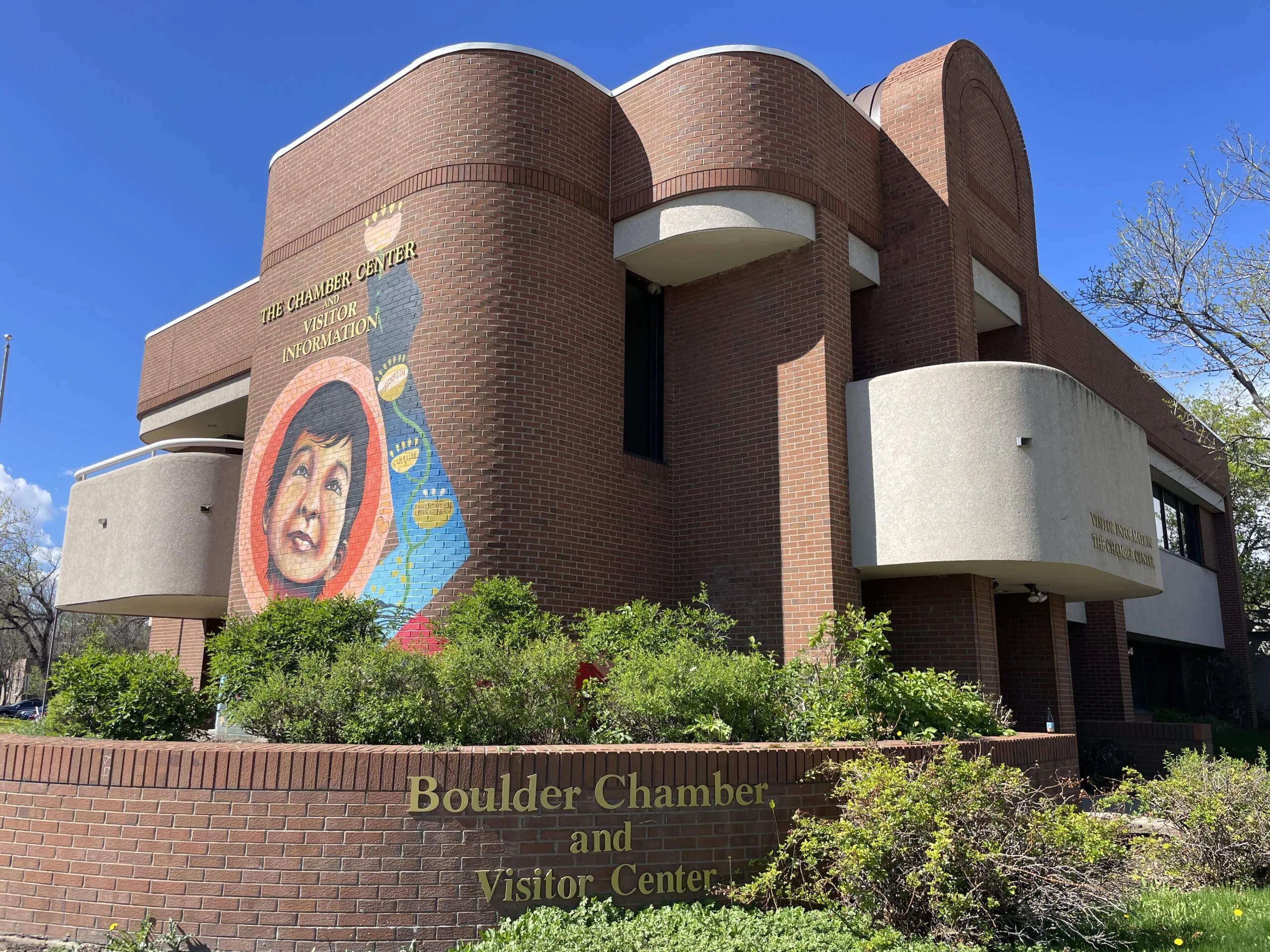Editorial: Marshall Fire should serve as wake-up call for dangers in wildland-urban interface
It will happen again.
The Marshall Fire, fed by high winds and extreme drought conditions, engulfed more than 6,000 acres and damaged or destroyed more than 1,100 structures in Superior, Louisville and unincorporated Boulder County. It dwarfed — in terms of damage — a similar wildfire event, the Waldo Canyon fire in Colorado Springs, which burned 327 homes in 2012.
Both events highlight the wildland-urban interface, which the U.S. Fire Administration defines as “the zone of transition between unoccupied land and human development. It is the line, area or zone where structures and other human development meet or intermingle with undeveloped wildland or vegetative fuels.”
SPONSORED CONTENT
The U.S. Fire Administration — part of the Federal Emergency Management Agency — estimates that 46 million residences in 70,000 communities are at risk for WUI fires. Between 2002 and 2016, an average of 3,000 structures were destroyed annually by WUI fires, according to the agency’s website.
And the danger is growing, with the WUI expanding by 2 million acres per year, leading the Fire Administration to post this prophetic statement on its website: “As the WUI continues to grow, these fires will become an increasing problem for fire departments across the country.”
Colorado was reported to have 30.1% to 45% of houses in the WUI.
“Communities need to understand the risks and make changes to their environments to make them less susceptible to fire,” the agency states.
The agency recommends transforming to a “fire-adapted community” that “collaborates to identify its wildfire risk and works collectively on actionable steps to reduce its risk of loss.”
Among its recommendations:
• Create a collaborative local group representing all stakeholders.
• Identify the community’s risks.
• Create a written assessment of risks.
• Identify actionable steps to reduce risks.
• Build partnerships to help the community with an action plan.
• Take action.
• Maintain the work and reevaluate as needed.
It’s not as though communities along the Front Range don’t have wildfire-prevention efforts.
Boulder County, operating under a $1.2 million FEMA grant, created Wildfire Partners, a program to help homeowners mitigate the dangers posed by wildfires. More than 2,500 homeowners participate in the program.
Boulder Fire-Rescue also has launched a Wildfire Home Assessment Project that “aims to conduct an assessment of each home within the Wildland Urban Interface boundary of the city of Boulder.”
The effort is among the first steps in creating a fire-adapted community.
But much more work remains to be done. The Gazette recently reported that the wildfire-mitigation plan for the area of the Marshall Fire had not been updated in more than a decade, prior to an influx of new homes and residents.
But the Marshall Fire should serve as an additional wakeup call to governments, businesses and residents: Population growth within the wildland-urban interface, coupled with drought and the constant danger of high winds, puts us all at risk.
Urgent action is required to update all such plans statewide, with state action potentially required to create a uniform standard of fire-resistant building materials, space requirements and more.
Wildfires will continue to occur. It’s up to us to mitigate the damage.
It will happen again.
The Marshall Fire, fed by high winds and extreme drought conditions, engulfed more than 6,000 acres and damaged or destroyed more than 1,100 structures in Superior, Louisville and unincorporated Boulder County. It dwarfed — in terms of damage — a similar wildfire event, the Waldo Canyon fire in Colorado Springs, which burned 327 homes in 2012.
Both events highlight the wildland-urban interface, which the U.S. Fire Administration defines as “the zone of transition between unoccupied land and human development. It is the line, area or zone where structures and other human development meet or intermingle with undeveloped wildland…

